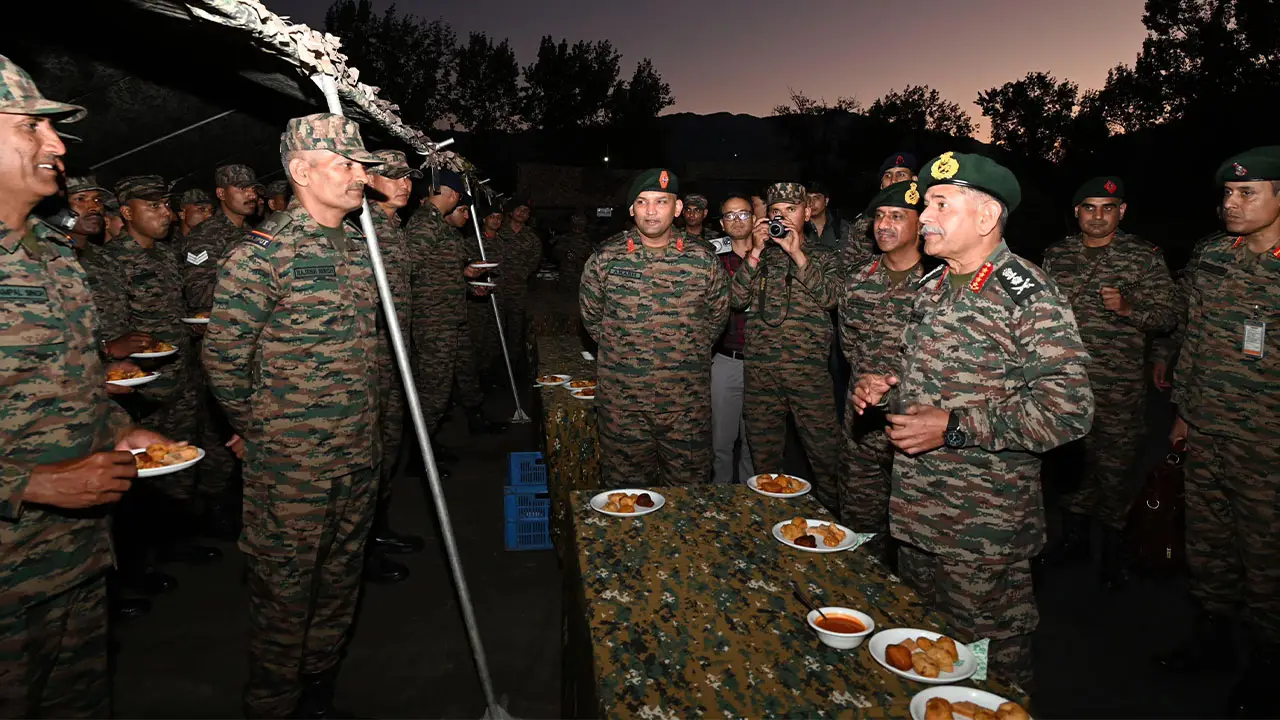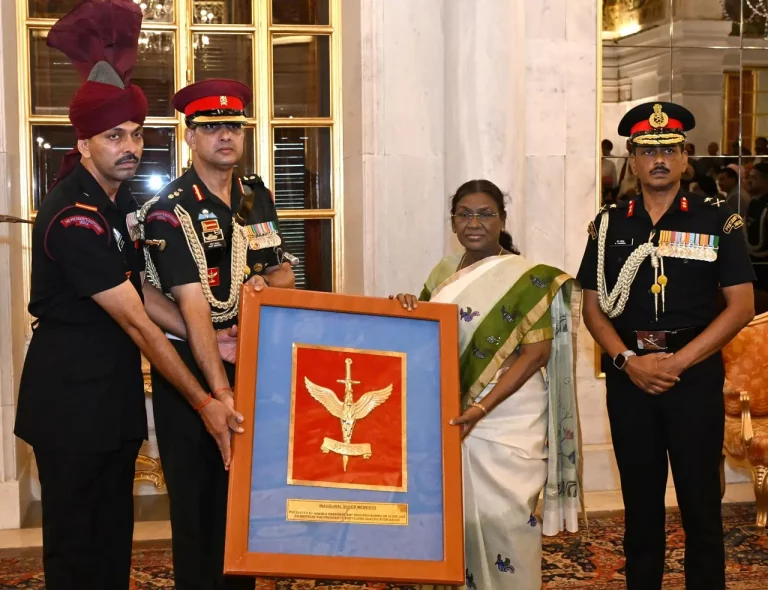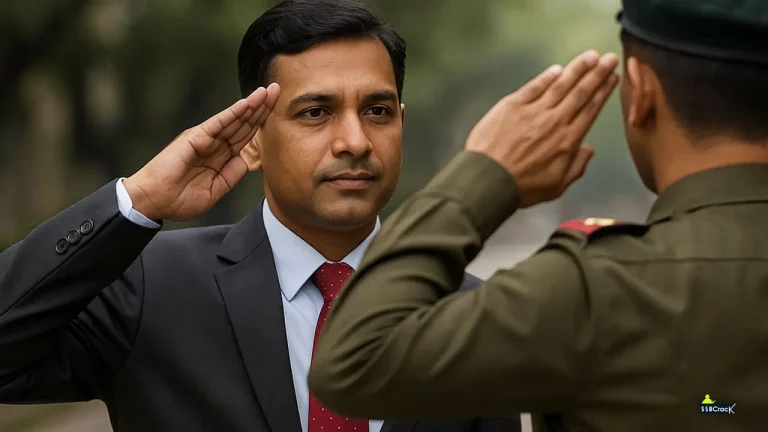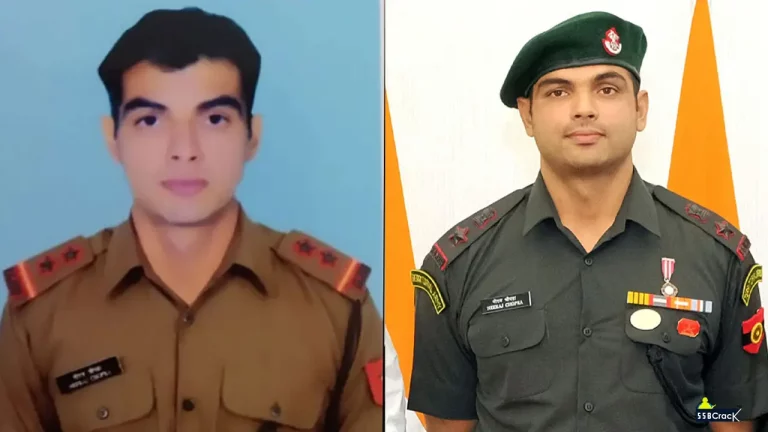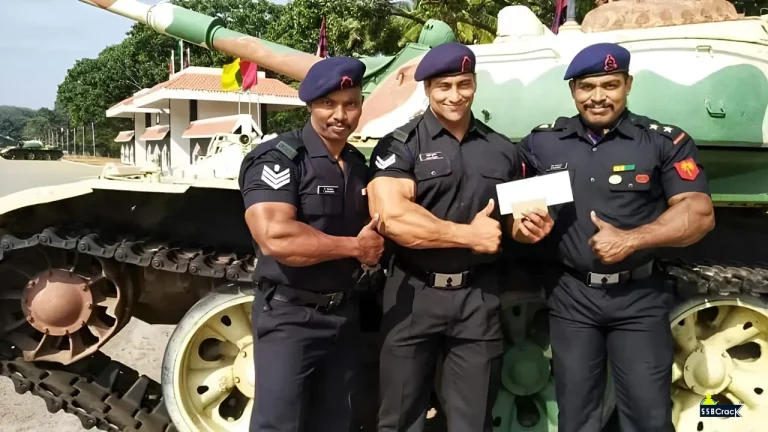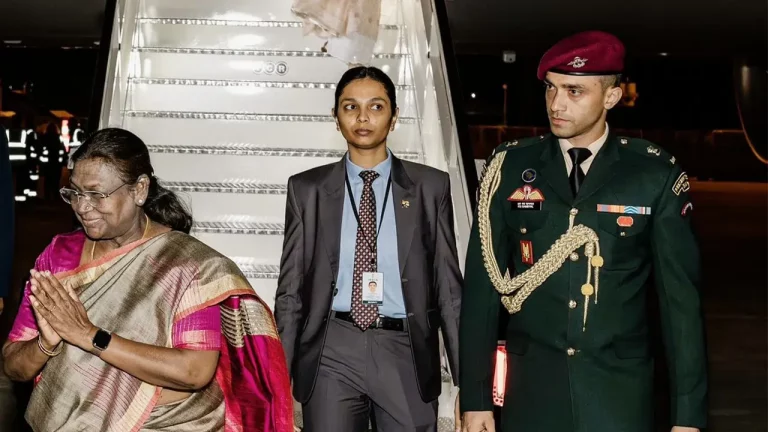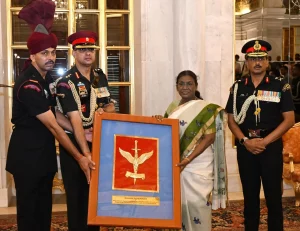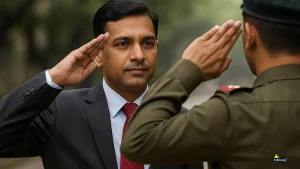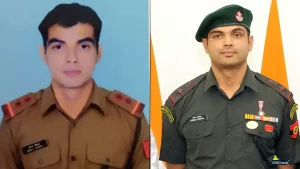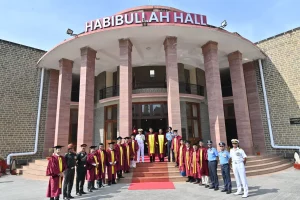The annual Diwali bonus, officially termed a non-productivity-linked ad-hoc bonus, serves as a gesture of appreciation from the Government of India for the contributions of central government employees and select armed forces personnel during the festival of lights. This bonus provides financial relief for those serving in the Indian Army, Navy, and Air Force, calculated based on basic pay and allowances, yet capped at a maximum amount to ensure fairness across ranks.
In 2025, the Government announced the bonus in late September. Eligible personnel were expected to receive payments by early October, just in time for the Diwali celebrations on October 20. While the policy aims to foster a sense of gratitude, its implementation highlights several nuances: both combat and non-combat roles are eligible, but administrative delays have occasionally resulted in civilian support staff missing out.
Eligibility for the bonus is primarily determined by service tenure and rank. Personnel must be in active service as of March 31 of the fiscal year and have served for a minimum of six continuous months. Pro-rata payments are available for those with partial service in that period. The payment structure categorizes military personnel, defence civilians, and paramilitary personnel, each following a specific calculation basis.
For military personnel, including JCOs (Junior Commissioned Officers), ORs (Other Ranks), and their equivalents, the bonus equates to 30 days’ worth of emoluments at a capped amount of ₹6,908. This excludes gazetted officers and is subject to budget limitations. In 2025, an alarming trend was noted, particularly among civilian staff in the Navy and Air Force, who reported delays in receiving their bonuses. This inconsistency in disbursement has raised concerns among unions advocating for more equitable treatment.
For soldiers in the Indian Army, especially those stationed in forward areas, the bonus is seen as a much-needed recognition of their challenges. In the current year, JCOs/ORs received the full bonus amount, thus enabling them to support their families and participate in local festivities. Historical precedents, like the interim pay arrears in 2018 framed as a “Diwali gift,” highlight the Army’s proactive stance in ensuring that its personnel receive timely financial acknowledgment.
The Indian Navy has similar provisions; personnel on ships, like INS Vikrant, are eligible for the bonus, which provides financial support for shore leave expenses. However, reports reveal that civilian employees in naval dockyards have experienced significant delays, leading to union protests that label the situation as “discriminatory.”
Similarly, in the Indian Air Force, airmen and warrant officers benefit from the bonus to support postings in high-altitude locations like Ladakh. The moral impact of the bonus is particularly significant due to its alignment with Air Force Day celebrations, though delays in disbursements for civilian staff reflect broader systemic issues within the program.
Historically, the Diwali bonus was introduced in the 1970s in response to labor demands and evolved through the years, especially gaining prominence in the defence sector following implementation of the 7th Pay Commission in 2016. By the 1980s, it had adapted from the Payment of Bonus Act of 1965 to include public sector employees, emphasizing welfare over productivity. Critics argue that the current cap of ₹7,000 fails to keep pace with inflation, while supporters emphasize its role in supporting personnel and maintaining family welfare.
The main challenges facing the scheme, particularly concerning civilian staff, are tied to administrative bottlenecks. As highlighted by union representatives, delays in approvals from various ministries create disparities between military and civilian payouts, labeling civilians as “stepchildren” of the system. While no widespread allegations of corruption have emerged, significant equity gaps persist, especially for ad-hoc workers.
The broader implications of the Diwali bonus extend beyond individual finances; it plays a vital role in boosting morale within the armed forces. High-ranking officials, such as naval chiefs, engage directly with personnel during festivities, reinforcing community spirit. Economically, the bonus functions as a stimulus, potentially injecting substantial amounts into local businesses during the festive season. Future modifications to the scheme could align with the upcoming 8th Pay Commission reviews, raising the benefit caps and further enhancing support for those in service.
